Peter Gleick: Truth Drought, California’s Real Shortfall
Secretary of the Interior Ken Salazar came to California on Sunday to hear firsthand about California’s drought.
Unfortunately, some of what he heard was misleading or false. Certainly farms and farmers are suffering, so are fish and ecosystems. But so is the truth. Here are three oft-repeated falsehoods.
Myth 1: Farmers on the west side of the San Joaquin Valley are receiving “just 10 percent of their allocation this year.”
Myth 2: Water shortages are causing massive new farm unemployment.
Myth 3: Farmers are bearing disproportional impacts of water shortfalls because of court rulings in favor of fish.
All three of these statements are false, and they’ve been shown to be false so many times that continuing to repeat them verges on intentional deception on the part of those who repeat them to gullible politicians or lazy reporters.
Farmers in the Central Valley get water from many places, and when one source dries up, another temporarily takes its place.
In a remarkable letter sent by DWR Director Lester Snow to Senator Dianne Feinstein on May 15th, official data show that the major Central Valley districts will use at least 75% of their average water use by mixing sources, using stored groundwater, participating in water transfers, and so on. Not 10%. And the biggest moaner is the Westlands Water District. Yet Snow points out that they will apply at least 86% of their normal water. On the other hand, the San Joaquin Valley wildlife refuges will get 75% of its promised water, less than many of the agricultural districts. Some farmers get less than others in dry years because of their junior water rights — and they always have. Are they arguing to revamp the water rights system? That would be a worthy discussion to have.
The overall job problem is not a water problem — it is a result of a global and national economic crisis. Increases in unemployment are worse, by far, in non-farm industries.
In Fresno County, unemployment today is substantially lower than it was just five and ten years ago and farm employment grew; non-farm employment shrunk. Indeed, the only sector showing increases in employment in May 2009 was the farm sector. In some of the hardest hit areas, unemployment is much higher — but it is always much higher. Unemployment rates in Mendota are above 30% now. But you know what? Nine years ago, unemployment in Mendota was 30%. Six years ago, it was 36%. The problem in Mendota isn’t just the current drought. The Central Valley of California has been plagued by poverty and lack of access to reliable jobs and basic services, like clean drinking water, for decades. Turning the pumps back on will do little, if anything, to address the systemic injustice that farm worker communities endure in both wet years and dry.
It’s not the fish.
Two months ago, DWR director Lester Snow testified before Congress that if there had been no court order to protect fish, CVP deliveries to the San Joaquin Valley would only be 5% higher. The problems farmers are facing aren’t due to the tiny portions of water offered up for ecosystems; they are due to a drought and a dysfunctional water management system that has been slowly collapsing for decades.
The longer misleading arguments and facts are put forth to politicians and the media, the longer it will be before a serious and effective solution can be found to our water challenges.
Dr. Gleick’s blog posts are provided in cooperation with the SFGate. Previous posts can be found here.

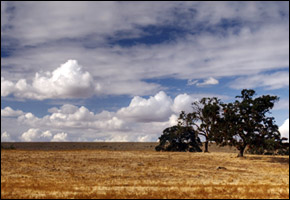

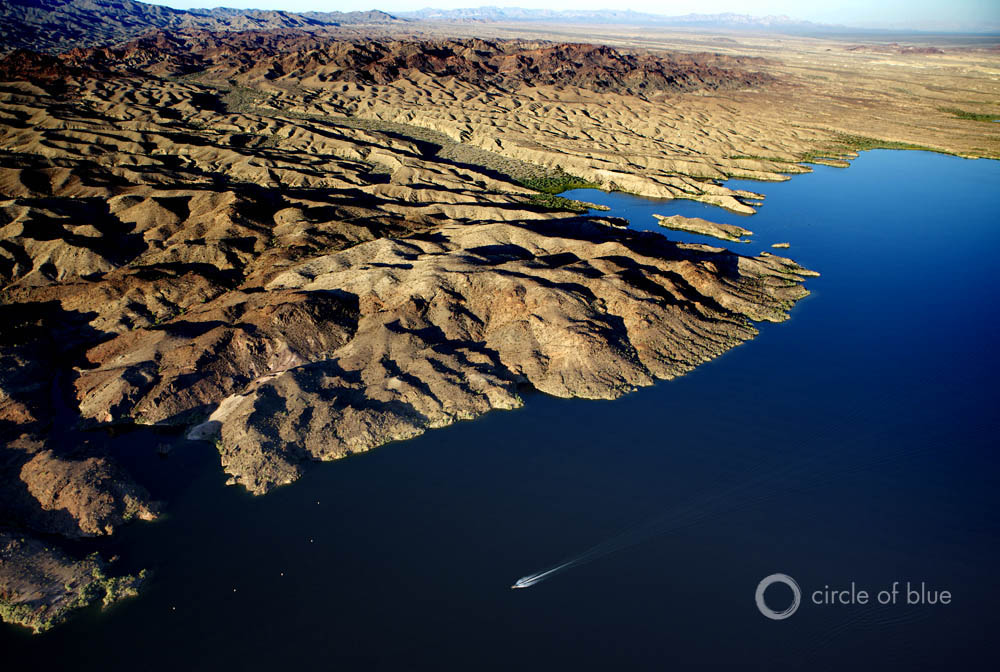
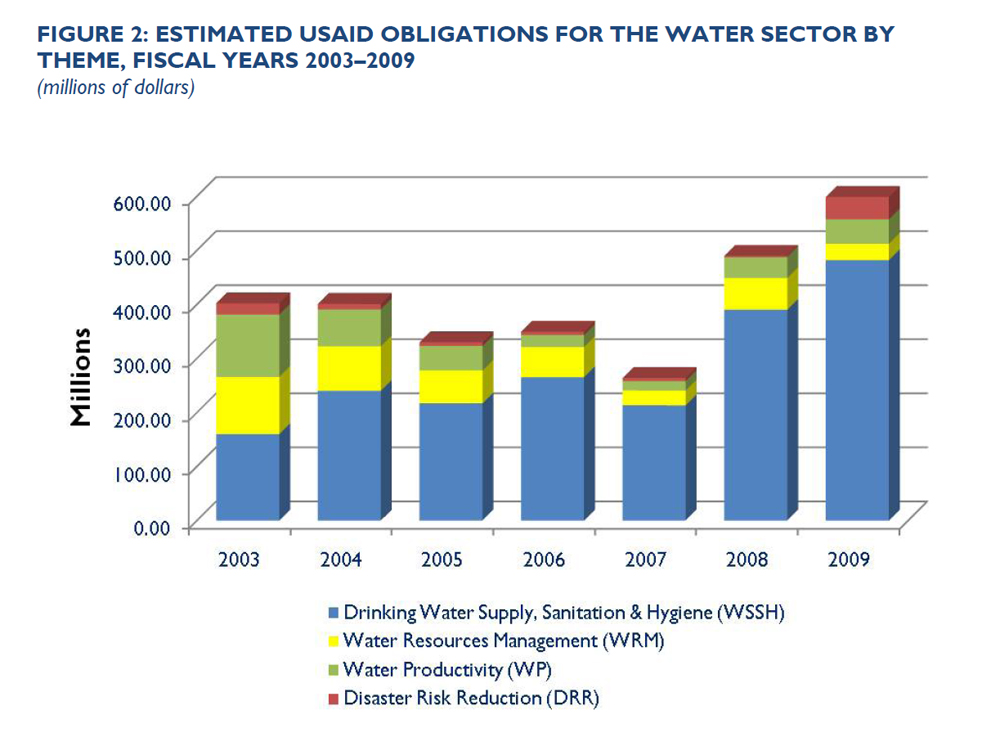


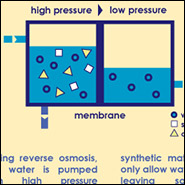
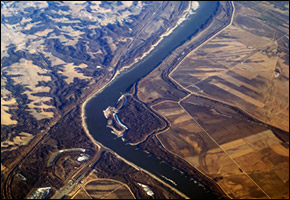
As a third generation and life long resident of California I am alarmed that “people in power” are not receiving or accepting the truth that Peter Gleick is is providing to us.
What are we to do? Who is benefiting by believing the party line? I believe this is about money and power, as usual. What can I do, what can anyone do to make a difference?
Hi Peter,
Thank you so much for this succinct clarification. I’m concerned Ken Salazar left California with so much misinformation. If you have suggestions for how to get him the truth- let your readers know. We are here to help.
In California, I’m wondering if you’ve heard about the Marin Carbon Project? A team from UC Berkeley, the local RCD, and NRCS are all involved in monitoring the soils of over 30 some odd ranches in Marin and Sonoma Counties. These ranches suffered hugely last year, due to drought, as grasses were poor, and herds had to be sold to afford feed for remaining cattle.
The team is testing the effects of keyline, compost, rotational grazing, and (we hope) at some point biochar, to understand how carbon might be sequestered into the soil.
Increasing carbon stock, increases the capacity for the soil to hold water- how much so, is being tested. One rancher I am familiar with is seeing increased grazing capacity in soils with these treatments, and he observes the grasses as more vibrant, and the soil remaining saturated longer into the dry season than in previous years.
Just thought this study might be of interest. The life cycle of water and carbon are completely intertwined as you well know!
Sincerely,
Rebecca Burgess